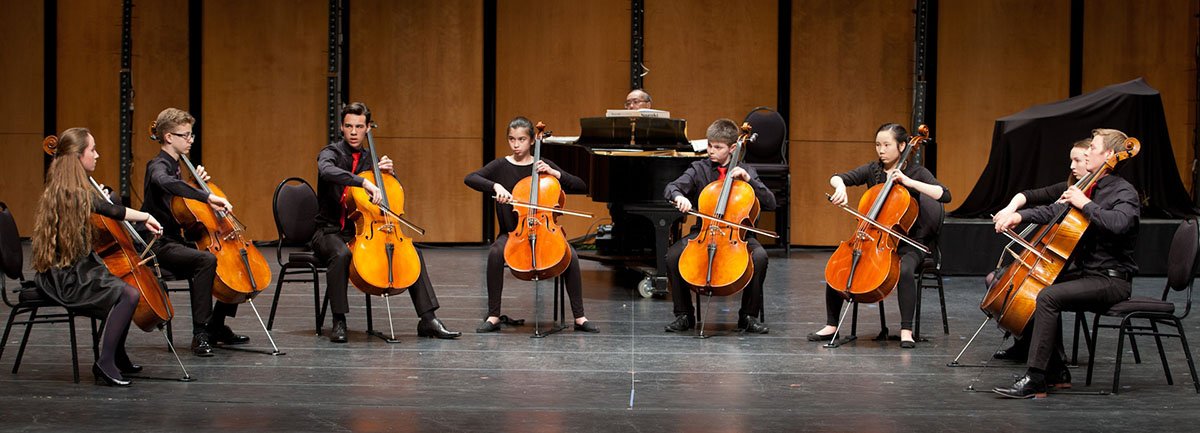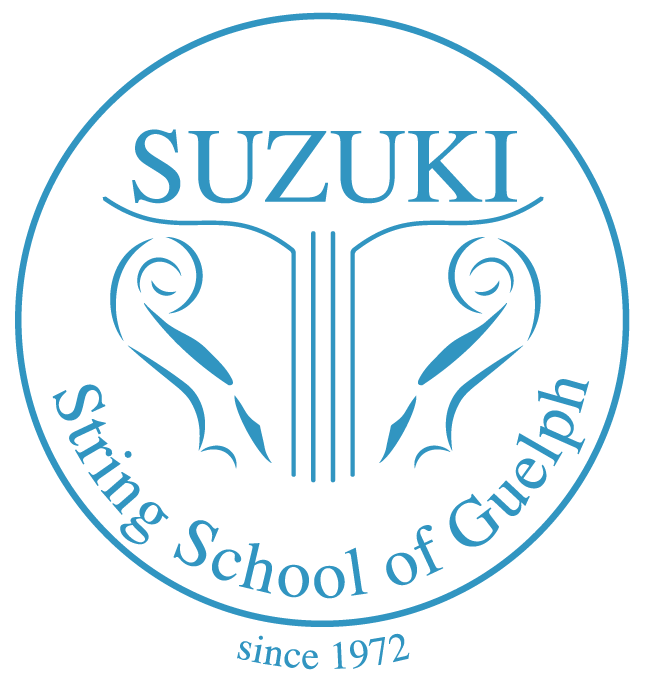
The Suzuki Method
Dr. Shinichi Suzuki was a Japanese violinist, born at the turn of the 20 th century, who devised a philosophy and methodology for teaching music to children. Originally a Japanese phenomenon, Dr.Suzuki’s teaching created results that attracted the international community to Japan to see for themselves what was happening. Impressed, often stunned, by the results he achieved with such young children, many teachers brought the message of the Suzuki Method back to their own countries. The Suzuki Method is now taught in over 50 countries worldwide.
-
In a nutshell: “Talent is no accident of birth”. It can be taught.
-
The Suzuki Method is extremely simple. In practice it has numerous, specific requirements.
-
Teach music as a language and children will acquire it in the same way they learn to speak their mother tongue - simply, happily, yet with staggering proficiency.
-
Break down the methodology of language development and follow it.
Start young. Age 3 to 6 years is ideal.
Listen before you start to play. Children attend other children’s lessons and listen to a recording of the music they will play, far in advance of starting their own lessons.
Play before you read. Suzuki children play by ear before they learn to read music. At the same time, a number of pre-reading skills are developed in individual and group lessons. When their aural and digital skills are well established, they are taught to read music.
Make playing natural by playing in front of and with others. Lessons are scheduled back-to-back so children can watch each other's lessons and play together. The curriculum also includes group lessons and there are many opportunities to perform both in small (someone's house) and grand (the River Run Centre) venues. Even the youngest beginner participates.
Practice every day. Dr. Suzuki said: 'only practice on the days you eat'.
Involve parents. Just as it is really parents who teach their children to speak, so do parents guide their children to learn to play music. The home should be a rich musical learning environment. In the Suzuki Method parents are taught to do this. They attend their child's lessons, take notes, and are instructed by the teacher as to exactly how to assist their child at home. They are asked to learn the instrument separately and in advance of their child. A musical background is not necessary.
Train teachers. The spine of the Suzuki Method is the teacher. The method is designed to nurture music in children. As Suzuki teachers are teaching children at such an early age, they must be much more than musicians with a skill to share. They must know how to teach.
